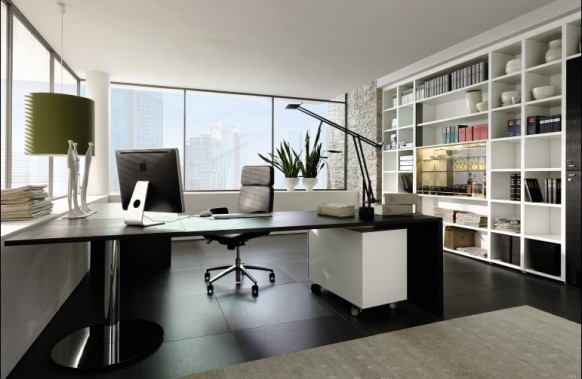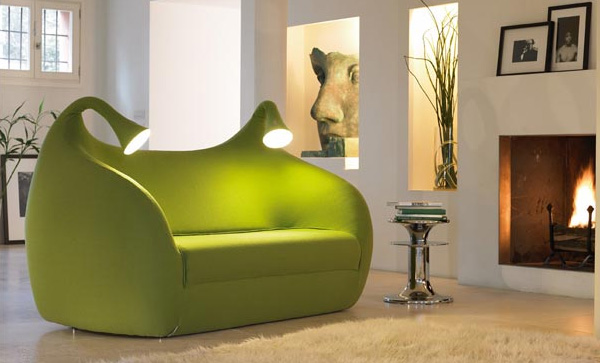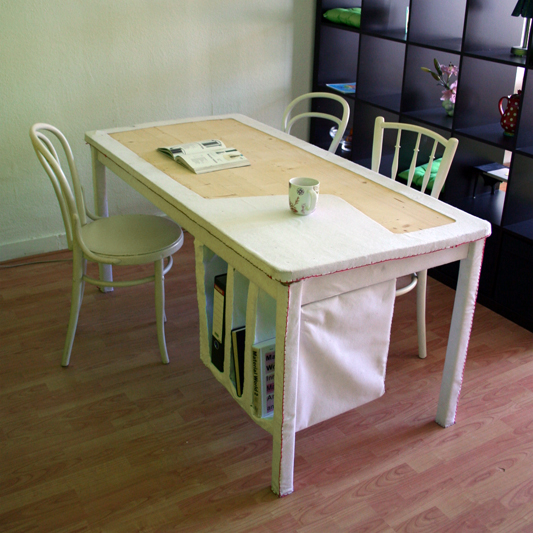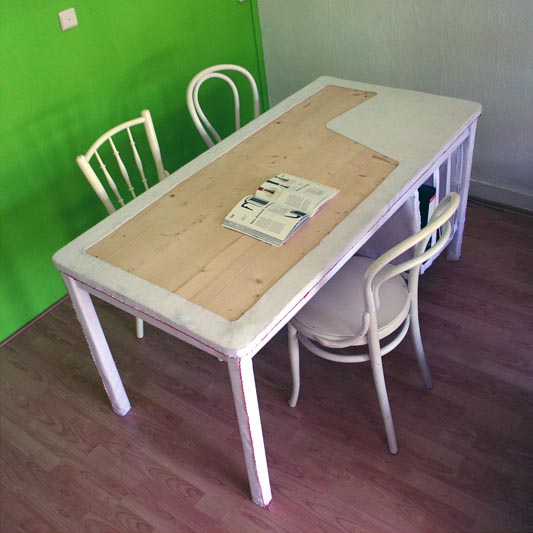Replacing Ventilators: Broken ventilators can cause additional problems, since they will provide access for vermin under the ground floor, where they may multiply and find their way into other parts of the house. You will need to remove the old ventilator and replace it with one of the same style and size.
With a solid wall, it is unlikely that the opening will be lined. In more modern houses, the cavity between the inner and outer skins of the brickwork should be sealed to prevent dissipation of air into the cavity. You can do this with clay or plastic ducts. Replacement ventilators, which are made from a variety of materials, must fit flush with the surface of the wall and be bedded in with cement mortar or rubber matting
Remember to keep ventilators clear. They must never be blocked up, since their purpose is to ventilate the crawl spaces beneath wood floors and prevent them from getting damp and being attacked by rot.
Repairing Shingles : Wood shingles on walls sometimes warp badly and can also develop cracks, splits, or holes where dry knots have fallen out as time goes by. If these are left untended, water penetration can result.
To correct warping, drill a hole through each bottom corner of the shingle and drive in small screws to pull the shingle back into line with its neighbors. Countersink the screw heads and cover them with wood filler.
Where shingles have split, cut a piece of building paper wide enough to fit between the in-place nails and slip it underneath the split shingle. Then butt the two halves of the split tightly together and nail both halves to the wall with galvanized nails.
A badly split shingle is best replaced with a new one. Use a hammer and chisel to split the shingle into narrow pieces which can be easily removed. Then prise out the fixing nails with a claw hammer if you can reach them; sever them with a hacksaw blade if you cannot. Patch any tears in the building paper beneath with asphalt adhesive, then slip the replacement shingle into position, aligning it with its neighbors, and secure it with galvanized shingle nails.
Repairing Cladding: Unless clapboarding was properly treated with preservative before being installed and has been kept well painted since, it is more than likely to rot. And once this has set in, it can travel quickly from board to board and to the sheathing behind.
Other problems include boards warping or becoming distorted through inadequate fixings or by having been butted up tightly, leaving no room for natural expansion.
If existing rot is in its infancy, any decayed wood can be dug out and the cavity filled with exterior grade woodfiller. If the damage is more extensive, you should remove the affected boards and discard them. If the rot is widespread, you may even have to take off all the boards – and some of the sheathing too.
You might get away with refixing one or two boards without tampering with the remainder. But it is probably going to be far easier to refix the boards by working back to the sheathing.
Sometimes you can pull warped boards back into place by refixing them to the sheathing with rustproof screws. If the boards are badly distorted, however, you will have to remove and replace them, using rustproof nails to fix them firmly in position.
If fitted correctly, vinyl siding should require no more than the occasional cleaning with warm water and detergent plus an algicide. Problems such as cracking, which indicates that the siding was fixed too tightly in the first place, mean it will have to be replaced















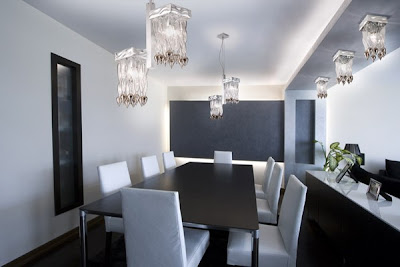

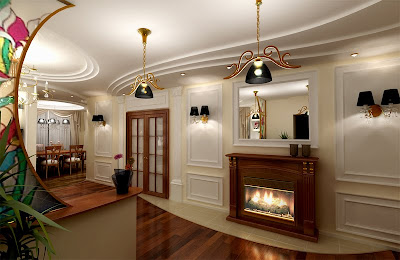


 Some useful tips may help you to put together the design of your restaurant booths. So here are some helpful tips for you.
Some useful tips may help you to put together the design of your restaurant booths. So here are some helpful tips for you.










